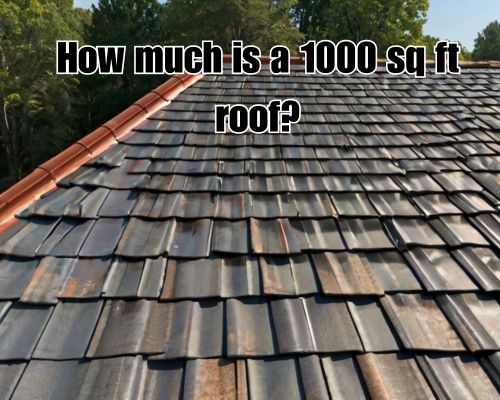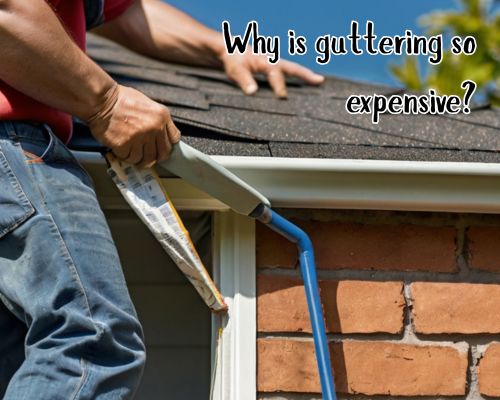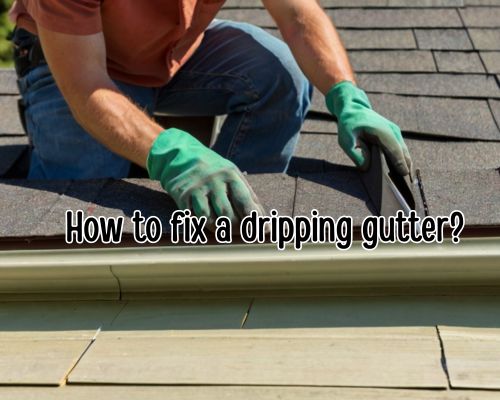When it comes to roofing, one of the most common questions West Palm Beach, Florida homeowners ask is: “How much is a 1000 sq ft roof?” This seemingly simple question hides a complex interplay of variables—from roofing materials and local labor rates to weather conditions and architectural intricacies. With Star Roofing, we’ll break down all the critical factors, local insights, and cost determinants you need to consider for a 1000 square foot roof replacement or installation in the Palm Beaches.

🏠 Why Roof Size Is Just the Starting Point
A 1000 square foot roof is often the mark of smaller homes, garden cottages, or even detached garages. But here’s the kicker: just because a roof measures 1000 square feet doesn’t mean you’ll only be paying for that. Roofing contractors in West Palm Beach take into account the pitch (slope), complexity, and materials used.
For example:
- A flat roof has a lower cost than a steep, multi-gabled structure.
- Complex designs may require more labor, increasing your total expenditure.
🧾 Average Cost for a 1000 Sq Ft Roof in West Palm Beach, Florida
As of 2025, the average cost to install or replace a 1000 sq ft roof in West Palm Beach ranges between $5,000 to $14,000, depending on multiple factors. Here’s a breakdown:
| Roofing Material | Estimated Cost Range (Installed) |
|---|---|
| Asphalt Shingles | $4,500 – $7,500 |
| Metal Roofing | $8,000 – $14,000 |
| Clay or Concrete Tile | $9,500 – $15,000 |
| Flat Roofing (TPO/EPDM) | $6,000 – $9,000 |
Note: Prices reflect labor, materials, removal of old roofing, permits, and local regulations in West Palm Beach, FL.
🔍 Key Factors That Influence Roof Cost in West Palm Beach
Let’s explore the salient entities and LSI keywords you should understand when assessing roof costs.
1. Material Selection
West Palm Beach’s subtropical climate—with hot, humid summers and a high risk of hurricanes—means material durability is non-negotiable. Many locals prefer:
- Asphalt shingles (cost-effective and widely used)
- Metal roofing (resistant to wind and salt air)
- Clay or concrete tiles (ideal for Spanish-style architecture and high wind zones)
2. Local Labor Rates
The average roofing contractor in Palm Beach County charges $3.50 to $6.50 per square foot, including labor. The rate is influenced by:
- Licensed vs. unlicensed contractors
- Roofing company experience
- Demand in the hurricane season (peak season = higher rates)
3. Permit Fees & Local Building Codes
The Palm Beach County Planning, Zoning & Building Department requires roofing permits, especially for tear-offs or structural changes. Permit fees typically range from $200 to $500, depending on your project’s scope.
4. Tear-Off & Waste Disposal
If you’re replacing an existing roof, expect to pay $1,000 to $2,000 for tearing off and disposing of the old materials—especially if asbestos or tile is involved.
5. Hurricane-Proofing & Wind Mitigation
In West Palm Beach, wind mitigation features such as:
- Roof deck attachments
- Secondary water barriers
- Roof shape enhancements (hip vs gable)
… can affect your insurance premiums and roofing costs. Insurance companies in Florida often require updated roofing to comply with wind resistance standards.
🏖️ Why Roofing in West Palm Beach Is Unique
Living in West Palm Beach, just miles from the Atlantic Ocean, means roofs must endure tropical storms, intense UV rays, and salty air. All these factors demand high-performance materials and expert installation.
Local contractors often recommend:
- Reflective roofing membranes to reduce heat absorption
- High-wind-rated shingles to withstand gusts over 130 mph
- Underlayment systems compliant with Florida Building Code (FBC) standards
🛠️ Local Roofing Companies in West Palm Beach to Consider
While there are numerous roofing contractors in West Palm Beach, a few standout names known for quality and compliance include:
- Star Roofing
- Kelly Roofing
- Paul Bange Roofing
- Mighty Dog Roofing of Palm Beach
Be sure to check licenses via the Florida Department of Business & Professional Regulation (DBPR) and request a free quote that includes labor, materials, warranty, and estimated timeline.
📉 How to Save Money on Your 1000 Sq Ft Roof
Let’s keep it real: roof replacement is a major investment. But here are smart homeowner strategies to trim your bill:
- Get 3+ Quotes – Compare scope and hidden fees.
- Schedule During Off-Peak – Late winter/early spring often brings better rates.
- Ask About Rebates – Florida occasionally offers energy-efficient roofing tax incentives.
- Wind Mitigation Inspection – This $75–$150 inspection could reduce your home insurance premiums significantly, paying off the roof over time.
🧠 Insightful Takeaway: ROI and Resale Value
A new roof on a 1000 sq ft home in West Palm Beach can yield up to 60–70% ROI when selling your property. Moreover, in a market where curb appeal and hurricane-readiness are king, a new roof often increases homebuyer confidence—particularly among retirees and snowbirds flocking to Palm Beach County.
📍 Local Mentions & West Palm Beach Trends
- The El Cid Historic District requires roofing that preserves architectural integrity—meaning tile or slate may be mandatory.
- Properties near Palm Beach Atlantic University and Downtown Clematis Street often favor modern or flat roofing, suiting the aesthetic and rental potential.
- Homeowners in The Southend (“SoSo”) area prefer metal or tile roofs for longevity and style.
✅ Final Thoughts: Is a 1000 Sq Ft Roof Affordable in West Palm Beach?
In summary, the cost of a 1000 sq ft roof in West Palm Beach, FL depends on your material choice, contractor, and compliance with Florida’s strict hurricane codes. Expect to spend between $5,000 and $14,000, with asphalt shingles on the low end and premium tile or metal systems on the higher end.
But here’s the thing—it’s not just a roof. It’s protection from torrential rain, scorching sun, and gusting coastal winds. It’s peace of mind in hurricane season. And if you do it right, it’s an investment in both property value and safety.











